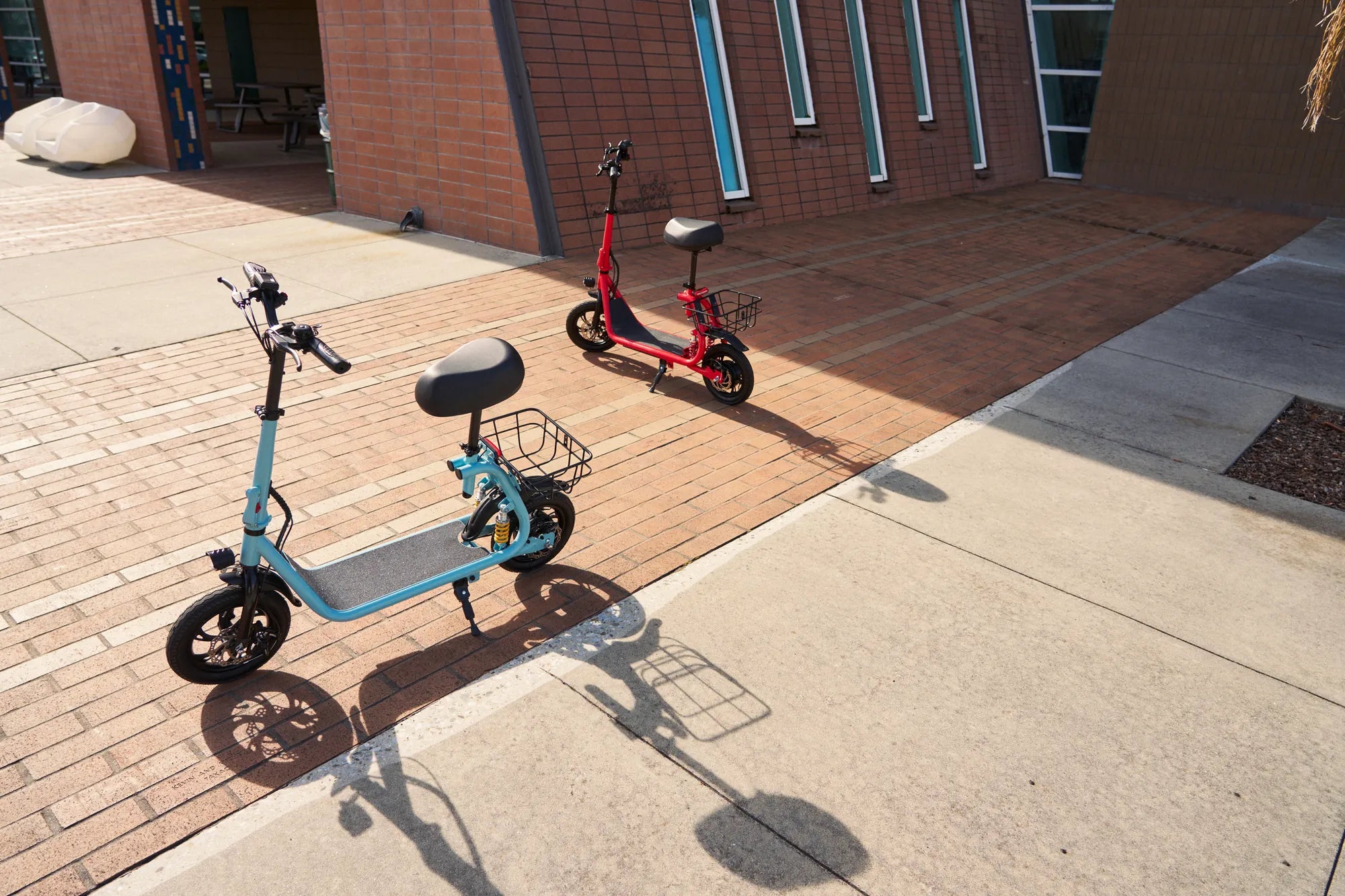Electric scooters have taken urban transportation by storm, offering a quick, eco-friendly way to navigate crowded streets. But as their popularity grows, so do concerns about their safety. Are electric scooters dangerous? The answer isn't straightforward—while they provide undeniable convenience, improper use and lack of regulation can turn them into hazards. Let's dive into the risks and how to mitigate them.
The Rise of Electric Scooters
Electric scooters have become a staple in many cities, thanks to their affordability and ease of use. They're particularly popular among commuters looking to avoid traffic or public transit delays. However, their rapid adoption has outpaced infrastructure and safety regulations, leading to accidents and injuries.
Common Risks Associated with Electric Scooters
Several factors contribute to the dangers of electric scooters:
1. Lack of Protective Gear
Many riders forego helmets and other protective gear, increasing the risk of severe head injuries in accidents. Unlike bicycles, scooters are often seen as low-risk, leading to complacency.
2. Poor Road Conditions
Potholes, uneven surfaces, and debris can easily destabilize a scooter, causing falls. Unlike cars, scooters offer little protection against road hazards.
3. Reckless Riding
Speeding, weaving through traffic, and ignoring traffic laws are common among scooter riders. This behavior not only endangers the rider but also pedestrians and other road users.
4. Limited Visibility
Electric scooters are small and quiet, making them hard to spot, especially at night. Riders without reflective gear or lights are at higher risk of collisions.
Injury Statistics and Trends
Studies show a sharp rise in scooter-related injuries, ranging from minor scrapes to traumatic brain injuries. Emergency rooms report fractures, sprains, and head injuries as the most common outcomes of scooter accidents. The lack of regulation and rider education exacerbates these trends.
How to Stay Safe on an Electric Scooter
While electric scooters pose risks, responsible riding can significantly reduce them. Here are some safety tips:
1. Wear a Helmet
A helmet is the simplest way to protect yourself from head injuries. Even if it's not legally required, it's a smart precaution.
2. Follow Traffic Rules
Obey speed limits, use bike lanes where available, and signal turns. Treat your scooter like any other vehicle on the road.
3. Stay Visible
Wear bright or reflective clothing and use lights at night. Make sure drivers and pedestrians can see you.
4. Inspect Your Scooter
Check brakes, tires, and lights before riding. A well-maintained scooter is less likely to malfunction.
5. Avoid Distractions
Keep your focus on the road. Using a phone or headphones while riding can lead to accidents.
The Role of Infrastructure and Regulation
Cities must adapt to the growing presence of electric scooters by improving infrastructure. Dedicated lanes, better road maintenance, and clear regulations can enhance safety for everyone. Some cities have already implemented scooter-sharing programs with strict rules to curb reckless riding.
Are Electric Scooters Worth the Risk?
Electric scooters offer a convenient, sustainable transportation option, but their safety depends on how they're used. With proper precautions, riders can minimize dangers and enjoy the benefits. The key lies in education, regulation, and personal responsibility.
As cities evolve to accommodate electric scooters, riders must prioritize safety to prevent accidents. Whether you're a daily commuter or an occasional user, understanding the risks and taking proactive steps can make all the difference. Stay informed, stay safe, and keep rolling responsibly.

Share:
Electric Scooters That Go 40 MPH: Speed, Safety, and What You Need to Know
Electric Scooters That Go 40 MPH: Speed, Safety, and What You Need to Know